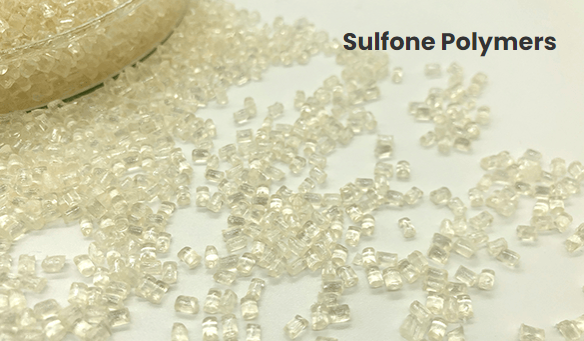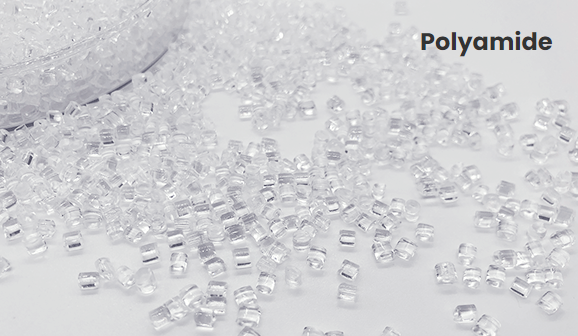Thermoplastics are a very large group of plastic materials that are separated into two primary groups according to their usage – commodity plastics and engineering plastics. These plastics are composed of long chain molecules called polymers, which maintain their connections through intermolecular forces. When sufficient heat is applied, the forces keeping the polymer molecules together weaken, resulting in melting. This particular property makes thermoplastics useful for plastic molding machines as they can be heated until molten and immediately injected into aluminum or steel molds at high pressures. In this post, we will focus on the differences between commodity and engineering plastics.

Commodity plastic has a wide variety of uses in the mass production of objects and products that are designed to be single use – common examples include packaging film, bottles, or plastic guards and cutlery. Aside from single use plastic, commodity plastics are used across other mass produced items, including children’s toys and electronic product casings. The plastics used in these products are more cost-effective than other alternative plastics. They are also chosen when the plastic specific mechanical properties do not harm the performance or functions of the product in question.
Engineering plastics are different from commodity plastics in that they are designed to withstand mechanical and environmental conditions that commodity plastics are not made to deal with. While there are many applications of engineering plastics, they are not mass produced at a comparable level to commodity plastic. They are typically made in smaller quantities to meet a business's specific goal or outcome.
Engineering plastics have favorable characteristics, including high mechanical strength, heat resistance, chemical stability and self-lubrication – qualities that are higer sought-after by different industries. These distinctive properties have resulted in the replacement of traditional materials like metals and wood. Often engineering plastics are combined with materials such as glass fibers to increase their beneficial properties even better.

Commodity plastics are polymer materials that will be used when exceptional properties are highly not required. Engineering plastics are a type of plastic having better mechanical and thermal properties compared to commodity plastics. The key difference between commodity plastics and engineering plastics is that engineering plastics show exceptional mechanical and thermal properties compared to commodity plastics. Moreover, commodity plastics are less expensive, whereas engineering plastics are highly expensive materials.
Both commodity and engineering plastics have their place in several modern applications and industries. Both have many useful properties and capabilities, which leads to their endless uses in household and professional settings. When choosing the type of materials to use as your components, knowing the differences between commodity vs. engineering plastics is critical in ensuring the functionality, usability, and cost-effectiveness of your products. For more information, please feel free to contact us.
By continuing to use the site you agree to our privacy policy Terms and Conditions.